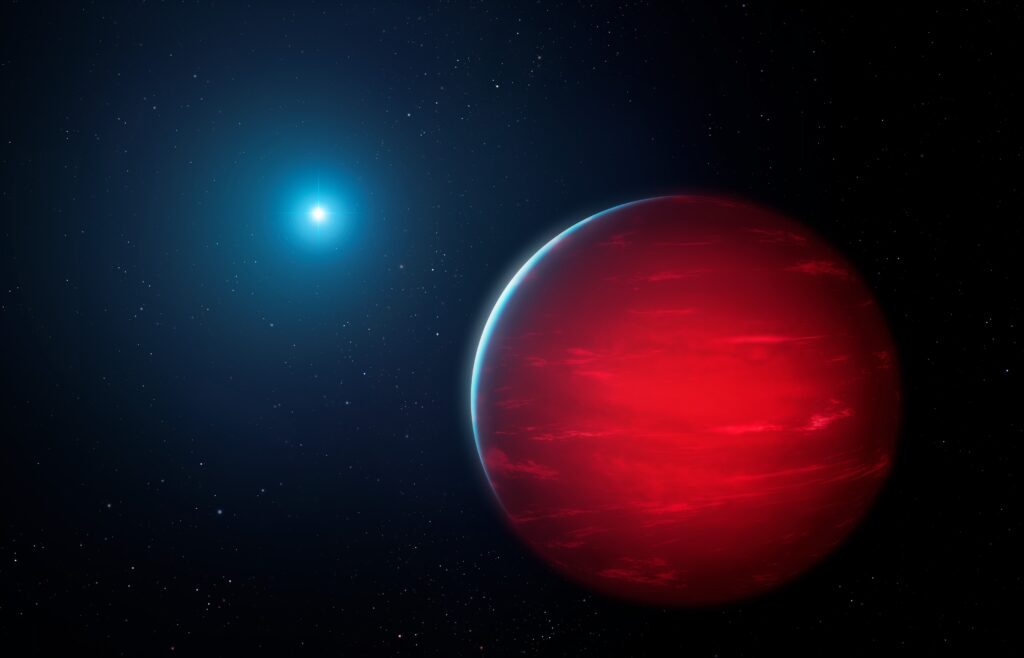During the analysis of photometric data collected by the TESS observatory, an international team of researchers discovered a previously unknown brown dwarf. It is located at a distance of 510 light-years from Earth.

Astronomers refer to brown dwarfs as objects which masses range from 13 to 80 Jupiter masses. They occupy an intermediate position between giant planets and stars. On the one hand, their mass is not enough for permanent fusion reactions based on hydrogen atoms to “start” in their interiors (because of this, they are also sometimes called “failed stars”). On the other hand, unlike planets, some reactions involving deuterium and lithium nuclei can still occur inside brown dwarfs. But, by astronomical standards, they last very short, after which the brown dwarfs gradually cool down.
The brown dwarf found by TESS orbits the star HIP 33609. It is 1.86 times larger and 2.38 times more massive than our Sun. Its surface temperature is 10 thousand °C.
As for the brown dwarf itself, its mass is estimated at about 68 Jupiter masses, and its radius is 58% larger than the radius of the largest planet in the Solar System. It moves in a very elongated orbit, with an eccentricity of 0.56. A brown dwarf makes one orbit around its star in 39 days, the equilibrium temperature of its surface is close to 1000 °C.
According to the researchers, the unusual orbital parameters of the brown dwarf can help expand knowledge about the moons of hot stars. Prior to that, all the companions of luminaries of spectral classes B and A discovered by the researchers had orbital periods of less than 10 days.
Earlier we talked about how the TESS telescope discovered an analogue of the Earth in the habitable zone of a red dwarf.
According to https://phys.org
Follow us on Twitter to get the most interesting space news in time
https://twitter.com/ust_magazine

